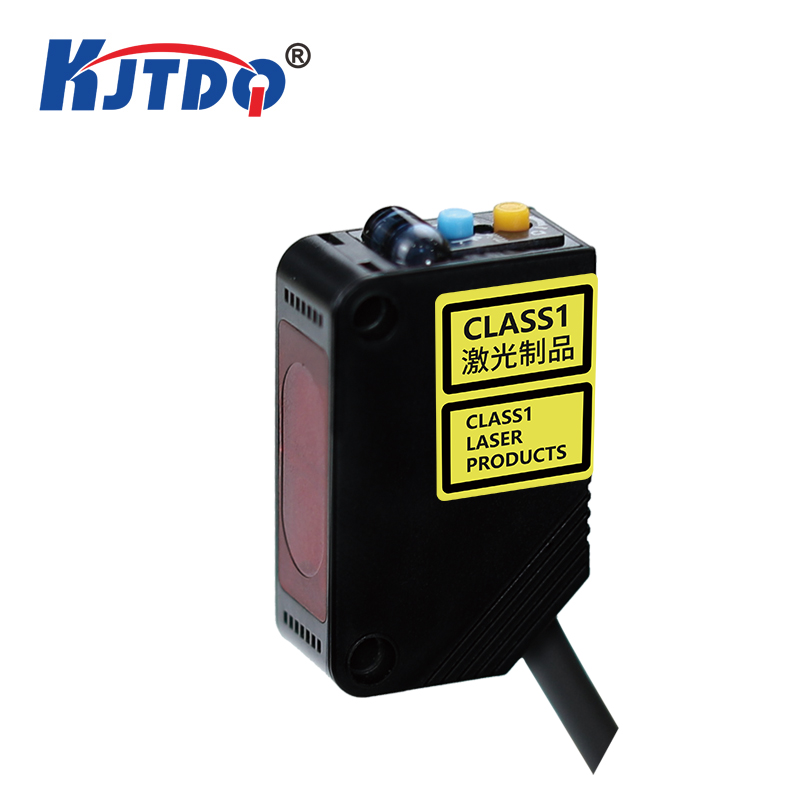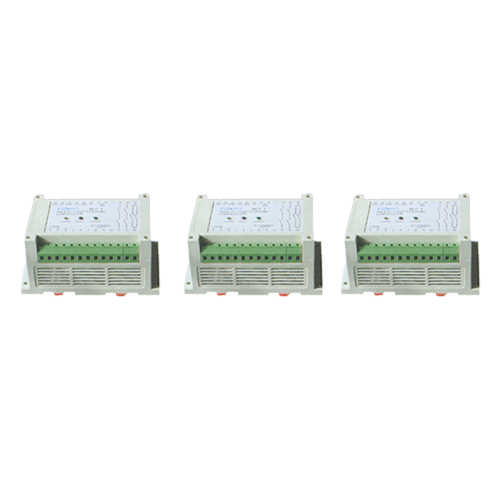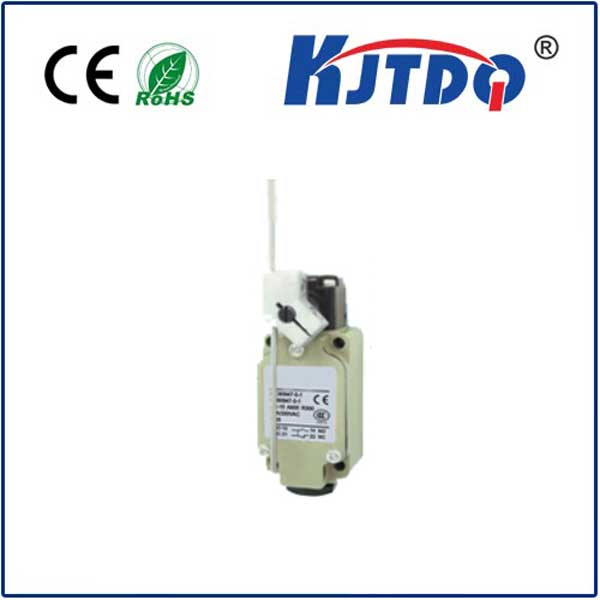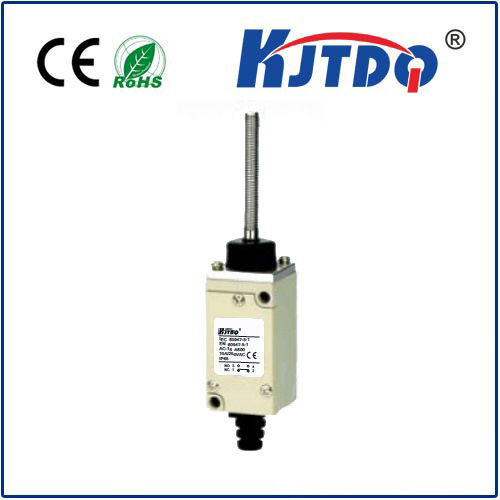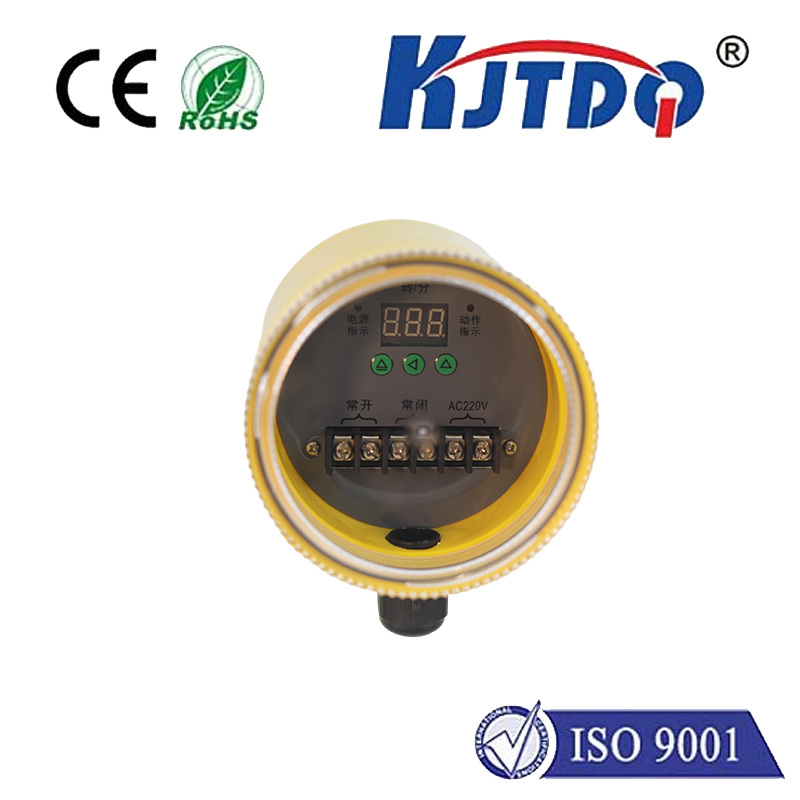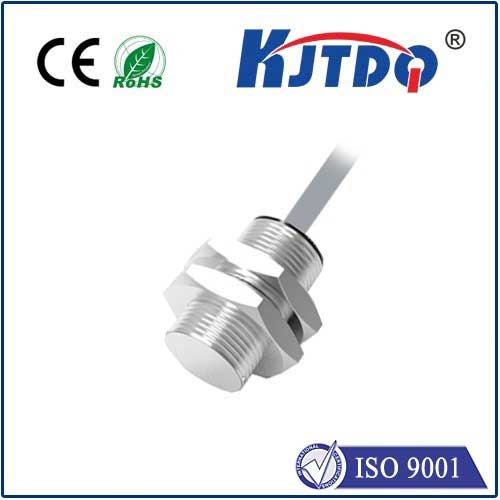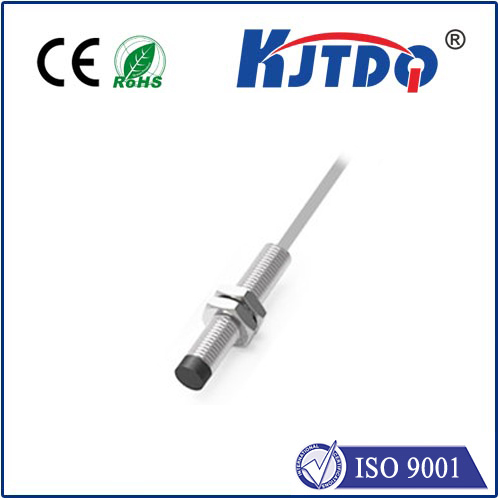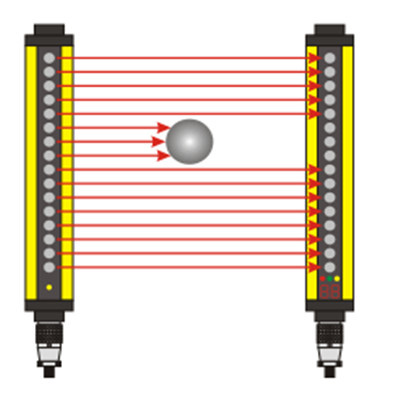

check

check

check

check

check

check

check

check

check

check
Vertical Limit Switch: An Indispensable Tool for Elevator Safety
The vertical limit switch is a crucial component of elevator systems, playing a key role in ensuring the safety and reliability of these mechanisms. In this article, we will explore the importance of vertical limit switches, their function, and how they contribute to overall elevator safety.

Firstly, let's define what a vertical limit switch is. A vertical limit switch is an electronic device that detects when an elevator car has reached its upper or lower limits. It sends signals to the elevator control system to prevent further movement beyond these limits, thereby safeguarding against potential accidents or damage to the elevator mechanism.
The function of a vertical limit switch is simple yet essential. As an elevator car approaches its upper or lower limit, the vertical limit switch is triggered. This triggers an electrical signal that communicates with the elevator control system, which in turn stops the elevator from moving any further. Without this critical safety feature, an elevator could potentially continue moving beyond its intended range, leading to serious consequences such as impacts with mechanical structures or falling out of the shaft.
The vertical limit switch plays a vital role in maintaining passenger safety. By preventing the elevator from moving beyond its designated limits, it ensures that passengers are not exposed to hazards such as collisions with the top or bottom of the elevator shaft. Additionally, it protects the elevator's mechanical components from being damaged due to over-travelling.
Furthermore, vertical limit switches contribute to the smooth operation of elevators by providing accurate positioning information to the control system. When an elevator reaches its limits, the vertical limit switch communicates this information promptly, enabling the control system to make necessary adjustments and maintain optimal performance.
In summary, the vertical limit switch is an indispensable tool for elevator safety. It serves as a crucial safeguard against potential accidents and ensures the reliable operation of elevator systems. By providing accurate positioning information and preventing over-travelling, it contributes significantly to both passenger safety and the longevity of elevator mechanisms.
